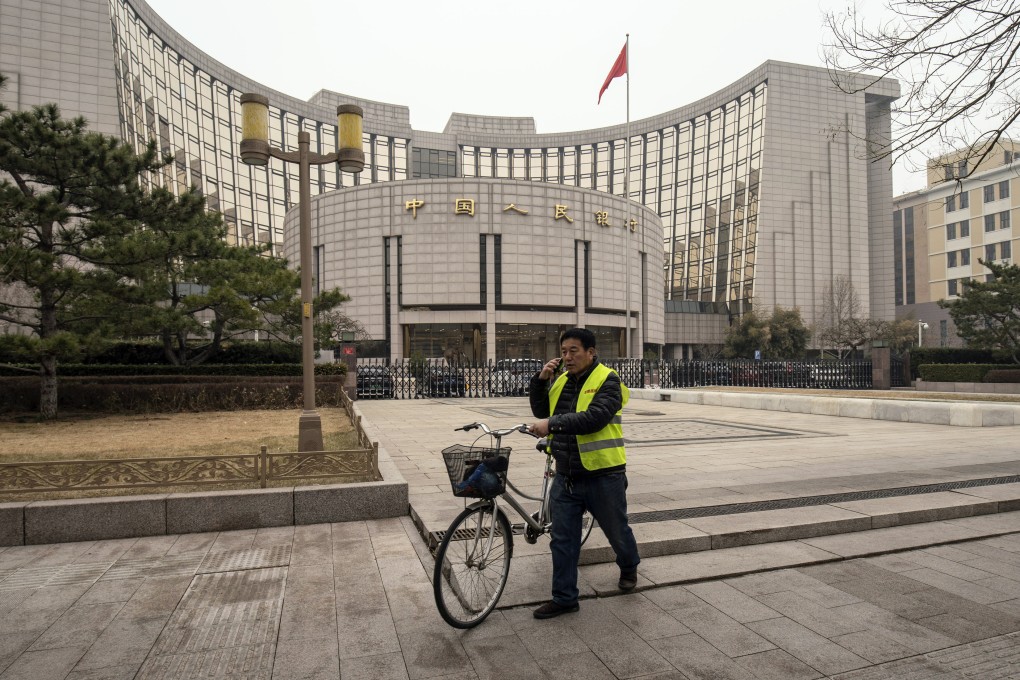China holds off on policy rate cut despite concerns over economic slowdown, but it’s ‘only a matter of time’
- People’s Bank of China (PBOC) keeps rate on 200 billion yuan (US$31.44 billion) worth of one-year medium-term lending facility (MLF) loans unchanged
- Rate on the loans to some financial institutions remained at 2.85 per cent despite concerns over a slowdown in the world’s second-largest economy

China held off on an anticipated cut to its policy interest rates on Tuesday as headline economic data beat expectations, but it is “only a matter of time” before policymakers take action to support the cooling economy, analysts said.
The People’s Bank of China (PBOC) kept the rate on 200 billion yuan (US$31.44 billion) worth of one-year medium-term lending facility (MLF) loans to some financial institutions unchanged at 2.85 per cent.
It had been widely expected that the PBOC would lower the rate for a second time this year, having already cut the rate from 2.95 per cent to 2.85 per cent in January.
“All three activity-data releases were better than expectations, but the highlight for us was the strength of retail sales. This is even more notable during a period of strict people flow control during the Chinese New Year holidays. This better-than-expected news has enabled the PBOC to hold policy rates steady,” said Iris Pang, chief economist for Greater China at ING.